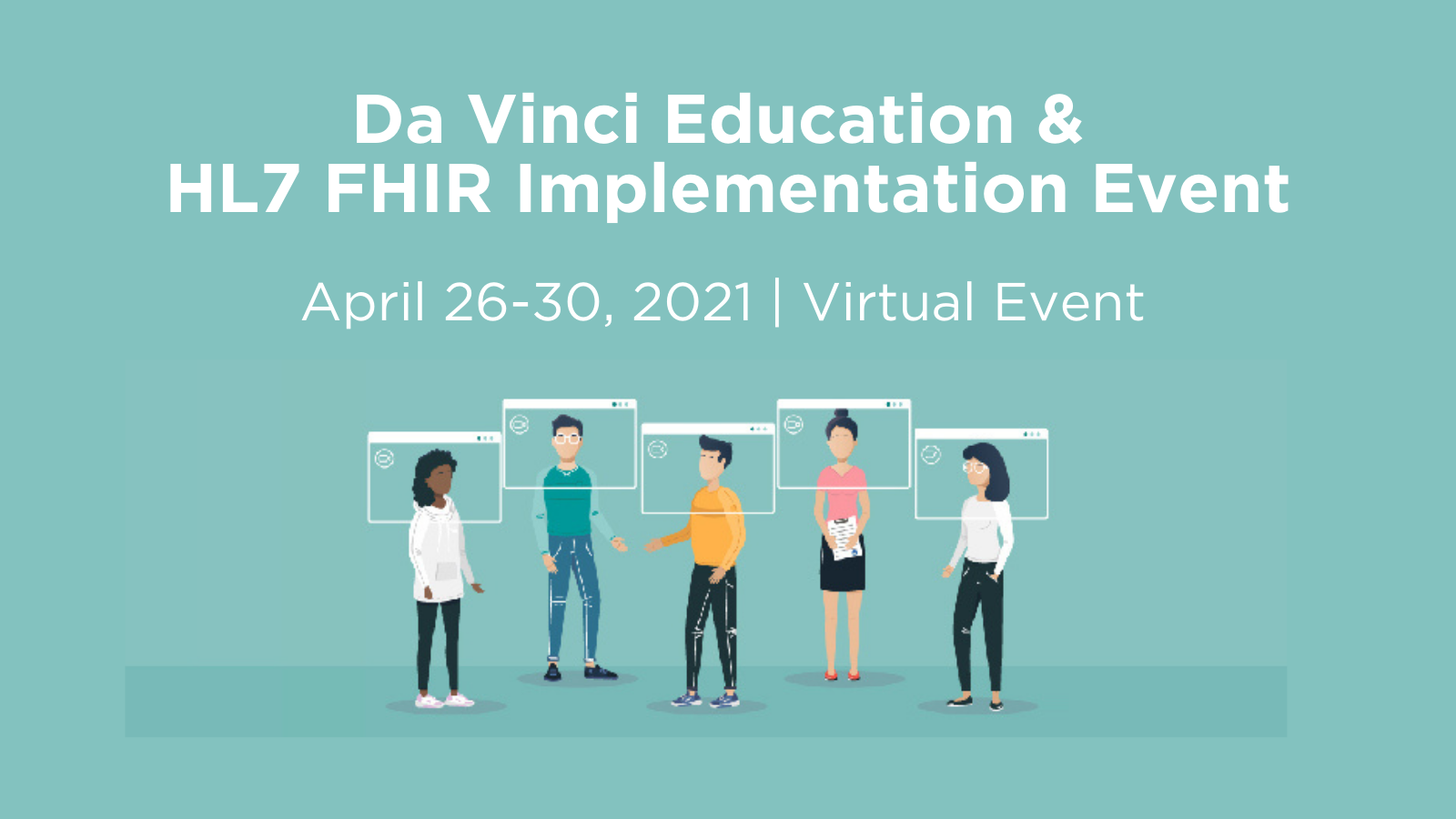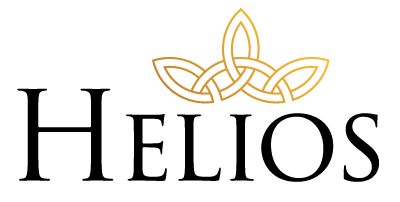
Helio FHIR Accelerator Announces Public Comment on 2022 Use Cases
[fa icon="calendar'] Feb 9, 2022 2:39:38 PM / by HL7 posted in FHIR, HL7, HL7 community, health IT, public health, ONC, FHIR Accelerator, FHIR Community, CDC
Health Level Seven International Appoints Three Executives to Support Organization’s New Divisions
[fa icon="calendar'] Dec 15, 2021 1:55:50 PM / by HL7 posted in HL7, HL7 community, health IT, implementation, FHIR Community
The Organization Welcomes Daniel Vreeman, D.P.T., Viet Nguyen, M.D., and Diego Kaminker
Health Level Seven International Celebrates 10 Years of HL7® FHIR®
[fa icon="calendar'] Dec 9, 2021 9:31:52 AM / by HL7 posted in FHIR, HL7, HL7 community, health IT, FHIR Community
The Next Generation Standard Has Transformed Health Information Technology Across the Globe
HL7 Fast Healthcare Interoperability Resources (FHIR®), the widely adopted, open-source standard from the HL7 International community, celebrates 10 years of international development and implementation. With the ability to streamline the many variations in health information technology (HIT) systems and the capacity to accommodate modern technology, FHIR is at the forefront of healthcare interoperability. In keeping with HL7’s vision of a world where access to health data is readily available to everyone whenever and wherever it is needed, FHIR creates connections between different parts of the healthcare system to facilitate the secure, real-time exchange of data and, ultimately, improve patient care.
Since its inception, FHIR has fostered a collaborative culture. HL7 International Chief Executive Officer Charles Jaffe, M.D., Ph.D., recalls, "The development and adoption of FHIR was advanced by a remarkable and committed international community. The impact that FHIR has had on global healthcare was driven by an unprecedented level of collaboration that today continues to grow." Grahame Grieve, principal at Health Intersections, FHIR product director at HL7 and the inventor of FHIR, agrees. “Most people think about FHIR as a technical specification, but I look at it first of all as a community.”
Advancing the International Patient Summary
[fa icon="calendar'] Dec 1, 2021 10:39:47 AM / by HL7 posted in FHIR, CDA, HL7, HL7 community, health IT, International Patient Summary, FHIR Community, IPS, International Patient Access, IPA
HL7® Launches Helios FHIR® Accelerator for Public Health
[fa icon="calendar'] Nov 16, 2021 3:55:58 PM / by HL7 posted in FHIR, HL7, HL7 community, health IT, public health, ONC, FHIR Accelerator, FHIR Community, CDC
Alliance of government, private sector and philanthropic partners aims to use widely accepted healthcare standard to help advance public health
A new initiative launched by HL7 and jointly supported by the Centers for Disease Control and Prevention (CDC) and the Office of the National Coordinator for Health IT (ONC) seeks to use widely recognized data exchange standards to help advance public health. The effort, called Helios, intends to strengthen the capacity and streamline data sharing across all levels of public health using the HL7 Fast Healthcare Interoperability (FHIR®) standard.
“Public health has risen in urgency and importance over the last 18 months,” said the ONC’s National Coordinator for Health IT Micky Tripathi, PhD, MPP, “FHIR accelerators have had great success in engaging implementers as early as possible to help identify and overcome longstanding barriers to interoperability. The Helios alliance is a market-based implementation collaboration that will help to ensure FHIR development is coordinated and focused on real world public health needs.”
The initiative is the latest to use HL7’s FHIR Accelerator program, which seeks to speed the development and availability of FHIR to deliver better data that leads to better health outcomes. The Helios alliance represents an ambitious new use of the FHIR Accelerator program, pulling together a diverse group of state, tribal, local, territorial, and Federal public health agencies, private and philanthropic sector partners, and other groups interested in the equitable and effective use of data for the advancement of public health.
HL7 CTO Wayne Kubick to Retire
[fa icon="calendar'] Nov 12, 2021 9:16:36 AM / by HL7 posted in FHIR, HL7, HL7 community, health IT
HL7's Chief Technology Officer, Wayne Kubick, will retire at the end of this year. We want to take this opportunity to formally announce it and begin recognizing the many accomplishments and contributions he made to the betterment of HL7 International and its entire global community.
Wayne's responsibilities will be assumed by two new C-level officer positions, a Chief Standards Officer and Chief Implementation Officer, and he will remain in an advisory role into early 2022 to support the transition.
We would like to express our deepest appreciation and thank Wayne for his dedication and unparalleled commitment to HL7 International over the past six years. His leadership has been instrumental in advancing HL7’s mission and vision of a world in which everyone can securely access and use the right health data when and where it is needed.
If there is one word that describes Wayne’s work philosophy at HL7, it is Essentialism. He introduced us to the concept when he joined the organization and has been a staunch proponent of incorporating Essentialism across the board, encouraging the organization to focus its efforts on its highest contributions to the industry while letting go of non-essential work.
Statement to the Global Community from HL7 International on the Paper "Playing with FHIR: Hacking and Securing FHIR APIs"
[fa icon="calendar'] Oct 27, 2021 1:41:58 PM / by HL7 posted in FHIR, HL7, HL7 community, health IT, FHIR Community, FHIR API
CMS HL7® FHIR® July Connectathon Recap
[fa icon="calendar'] Aug 27, 2021 2:06:36 PM / by Health Informatics and Interoperability Group posted in FHIR, HL7, HL7 community, health IT, CMS, FHIR Connectathon
In July 2021, the Centers for Medicare & Medicaid Services (CMS) hosted its second HL7® FHIR® Connectathon, welcoming over 800 participants from Federal agencies, payer organizations, and the health IT industry to a three-day event with more than 70 presentations focusing on education, implementation guide testing, and community-building around Fast Healthcare Interoperability Resources (FHIR)-based application programming interfaces (APIs).
U.S. Federal Health Data Solutions in the Era of Interoperability
[fa icon="calendar'] May 25, 2021 4:30:17 PM / by Will Rosenfeld posted in FHIR, HL7, HL7 community, interoperability, SMART on FHIR, Clinical Quality Language, COVID-19, public health, CQL
Federal health agencies have entered an era where data interoperability-enabled solutions play a critical role. Government leaders can harness the innovative and proven capabilities referenced in this article to deliver on their essential missions.
Background
In 2020, two major events laid the foundation for this era of interoperability.
Pandemic Response: The first was the coronavirus pandemic, which led to unprecedented needs for health data in support of agency missions. Since its start, decision-makers have required more access to and insights from these data (e.g., clinical records, administrative claims, patient experience) than ever before.
Interoperability Rules: The second was the finalization of the ONC and CMS-led 21st Century Cures Act interoperability rules. These mandates substantially expanded agencies’ ability to leverage health data solutions (e.g., algorithms, applications, and automation) at scale.
Prior Authorization – A Burning Problem in Need of a Solution
[fa icon="calendar'] Apr 20, 2021 12:52:49 PM / by Lynda Rowe posted in FHIR, HL7 community, interoperability, Da Vinci, value based care, prior authorization, FHIR Accelerator, FHIR Implementation Guides
Those of us who have been in healthcare a long time know that prior authorization can been a challenge for both payers, providers, and patients. One might think it’s time to remove prior authorization altogether, but until we have consistent clinical practice across the entire US healthcare system, it’s very hard to justify.
The current processes create a huge burden for providers and payers, and cause delays – sometimes critical – in patient care.
Why is prior authorization such a thorny problem[i]?
- Prior authorization issues contribute to 92% of care delays
- Nearly all of provider care delays are associated with inefficiencies and administrative issues with current prior authorization
- Providers take 6 hours on average to complete these requests, which is the equivalent of two business days. Thirty-four percent of providers have staff dedicated exclusively to completing prior authorizations.
- The prior authorization process costs $23 to $31 billion per year in the US, according to a 2009 study published in Health Affairs.
- The health plan cost per manual prior authorization is $3.68, compared to $0.04 per electronic prior authorization, according to a 2017 Chilmark Research report.




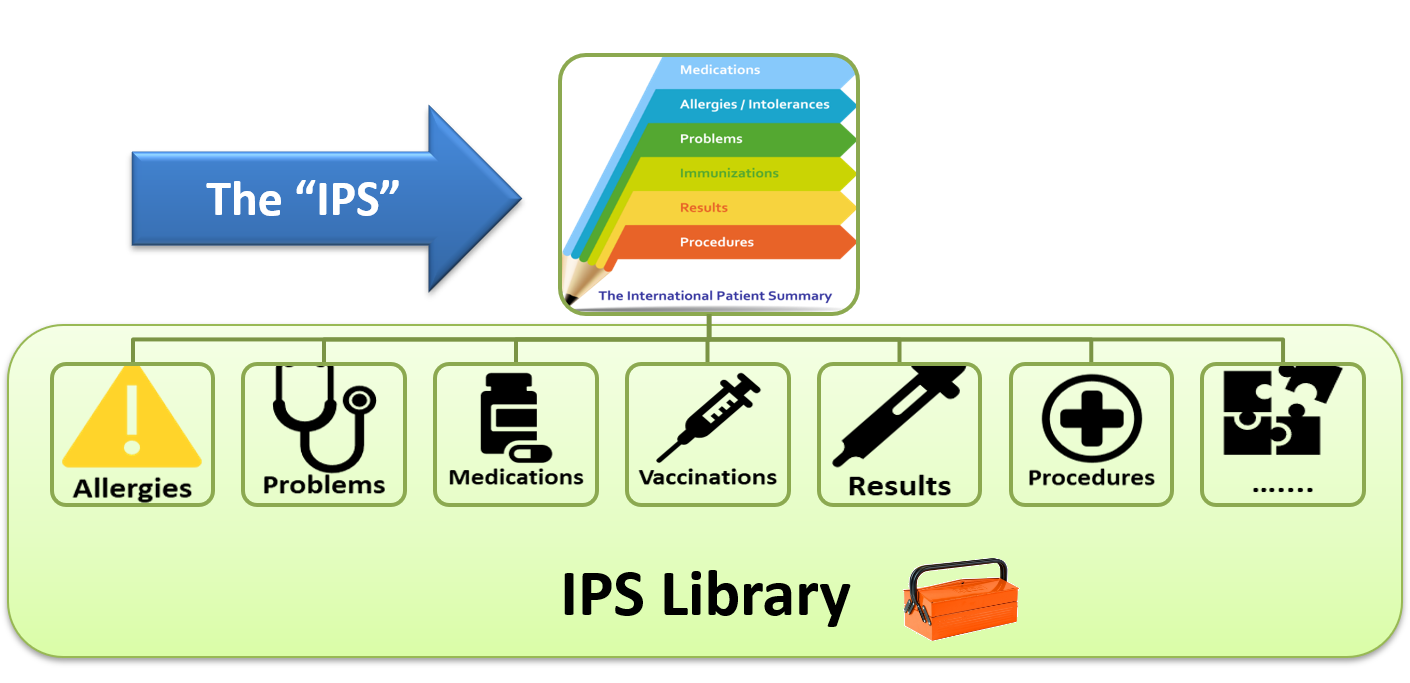
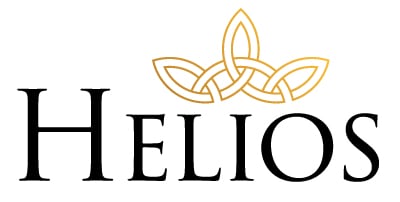
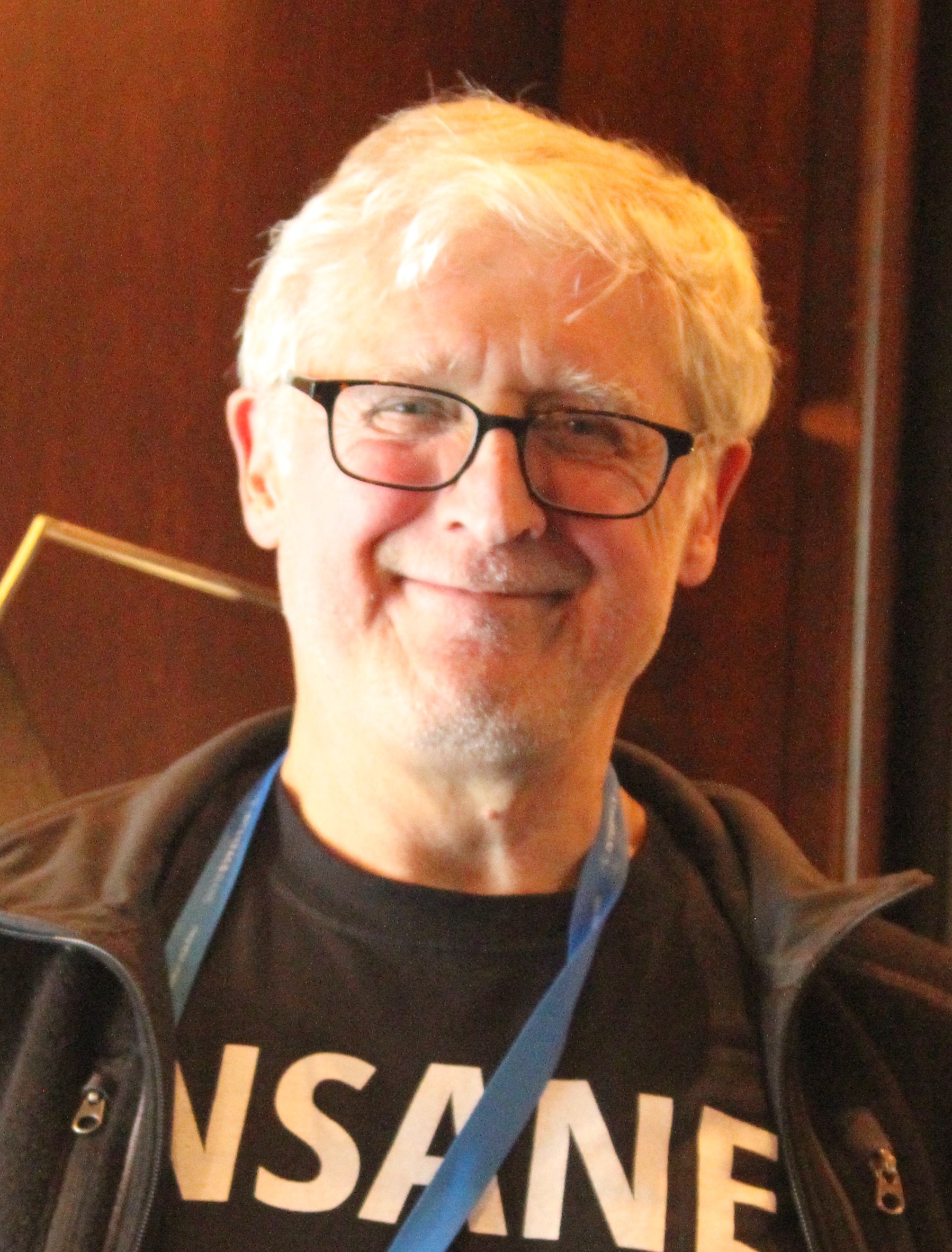

.png)

